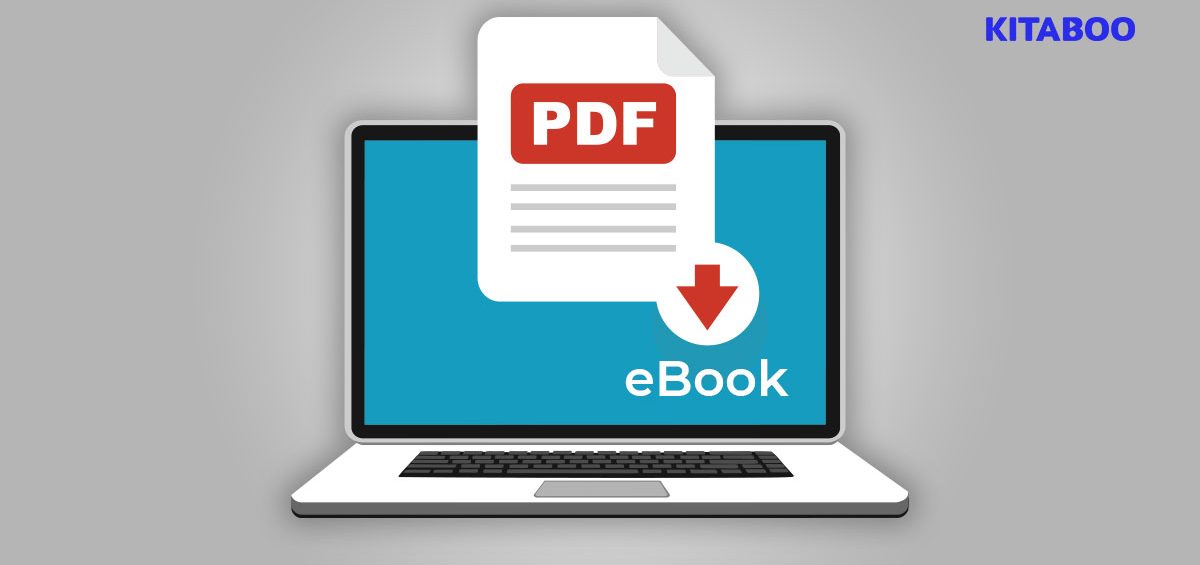Writing a book in itself is a big deal; finding a good publisher is a writer’s prayer answered.
Producing an entire book requires lots and lots of patience, creativity, skill, talent, time, and effort. Having a manuscript in place is equal to half the battle won. However, publishing is the big question.
Online publishing platforms have simplified the job of authors by leaps and bounds. An author can easily self-publish their book online on several OTT platforms in the form of an eBook.
But what if your manuscript is in PDF format? Not to worry – all you need to do is follow a few steps to convert it into an attractive and highly interactive eBook.
PDFs are a highly portable format, accessible across devices without any issues of distorted texts and the like. They have innumerable benefits to offer to writers. They also safeguard your manuscript from malware and viruses of various sorts.
However, when aiming to publish your book online, you have to take a closer look at your content and make the necessary changes to transform it into a read-worthy eBook that appeals to readers online, both in terms of content and visual appearance.
5 Simple Steps to Convert a PDF to an eBook
Are you wondering how to make a PDF into an eBook? Here is a quick guide for authors who wish to convert their PDFs to eBooks with only a few simple steps:
Step 1: PDF Analysis
Planning is the cornerstone of any production process. It gets the ball rolling in the right direction and lends a certain speed and smooth implementation of the plan in the later steps.
The foremost step to transforming a PDF into an appealing eBook is in-depth analysis. A close reading of your manuscript will give you a clear picture of what changes you can make to enhance its visual appeal and make it more interactive. You can hire a professional designer or use your creative liberty to make the changes.
Highlight and add comments to the sections you wish to change. Analyze the portions of your PDF to decide what elements need more emphasis.
Hyperlinks are your best bets. You can resort to adding links to videos or pop-up text boxes to enhance your written material. However, remember to keep it simple, as less is more.
Step 2: Make the Necessary Edits
Yes, you guessed it right! The next step is to do the deed. All the changes that you planned out need implementation in this step. Make all necessary alterations like rephrasing, removing texts, adding lines, and so on in this step.
Give spelling and grammar due weightage and run several necessary checks to ensure your language and grammar are hitting the bull’s eye.
Use trustworthy software to run these checks, as you do not want to mess up this one. Keep redundancy at bay, and ensure you put your point across in a clear and crisp way.
Depending on your draft, add the necessary links and images. To make your eBook more attractive, add galleries for readers to swipe through and add relevant media files to top things off. Video and audio hyperlinks make great additions to eBooks.
Step 3: Use a Conversion Software
To finally convert a PDF into an eBook, you need suitable software for conversion. A well-researched choice is wise in this regard. Opting for conversion software that is easy to use and includes all the necessary tools is significant.
An authoring tool plays the most crucial role in converting a PDF into an eBook. There are several authoring tools for this purpose. Make an informed choice when looking for software which suits your needs.
A good conversion software performs a dual function. It enables you to make a PDF into an eBook and manage it successfully.
You may require a second look at the converted format, as the conversion may expose certain stray digits. Make the necessary adjustments to the text, and then you are free to proceed with the next step.
Step 4: Interactivity Goes a Long Way
For this step, you need to enhance your newly converted eBook with media files. Add all the links, audio, video, and image files to your eBook in this step. Hyperlinks are a smart way to up the look of your eBook. Questionnaires are also a great way to make your eBook interactive for your readers.
Pages after pages with text only may bore your online readers. Hyperlinking your text to other chapters of your book or relevant websites will keep your readers glued to your content. A popular software with an easy interface will ease this process for you.
Step 5: Export Across Formats
Now that all the wheels are in motion, it is time for the last step. Making your eBook available in a range of formats like EPUB, Kindle file, HTML, or Word Document is important.
Exporting your eBook across these widely accepted formats will make it more accessible to your audience and increase the chances of it being read online.
Not all your readers will go for the format of your choice. Thus, it is wise to go for a selection of formats for exporting your eBook.
Conclusion
Creating an eBook is indeed a tedious job. But to complete one and publish it online gives you an unmatched sense of satisfaction and accomplishment.
If you are struggling to convert a PDF into an eBook, the step-by-step guide above will walk you through the entire process. Allow yourself the time to work efficiently to make the PDF into an eBook in just five simple steps.
Once your book is published online, use your authoring software to track its progress and take the necessary steps to promote it further.
Following up constitutes a part of an online publication. It helps authors know what suits well with the readers and what does not. Make sure to avoid major pitfalls like pirating and viruses while publishing your book online after conversion. Happy publishing!
Discover How An Ebook Conversion, Publishing & Distribution Platform Can Help You
Kitaboo is a cloud-based content platform to create-publish & securely distribute interactive mobile-ready ebooks.
You May Also Like







